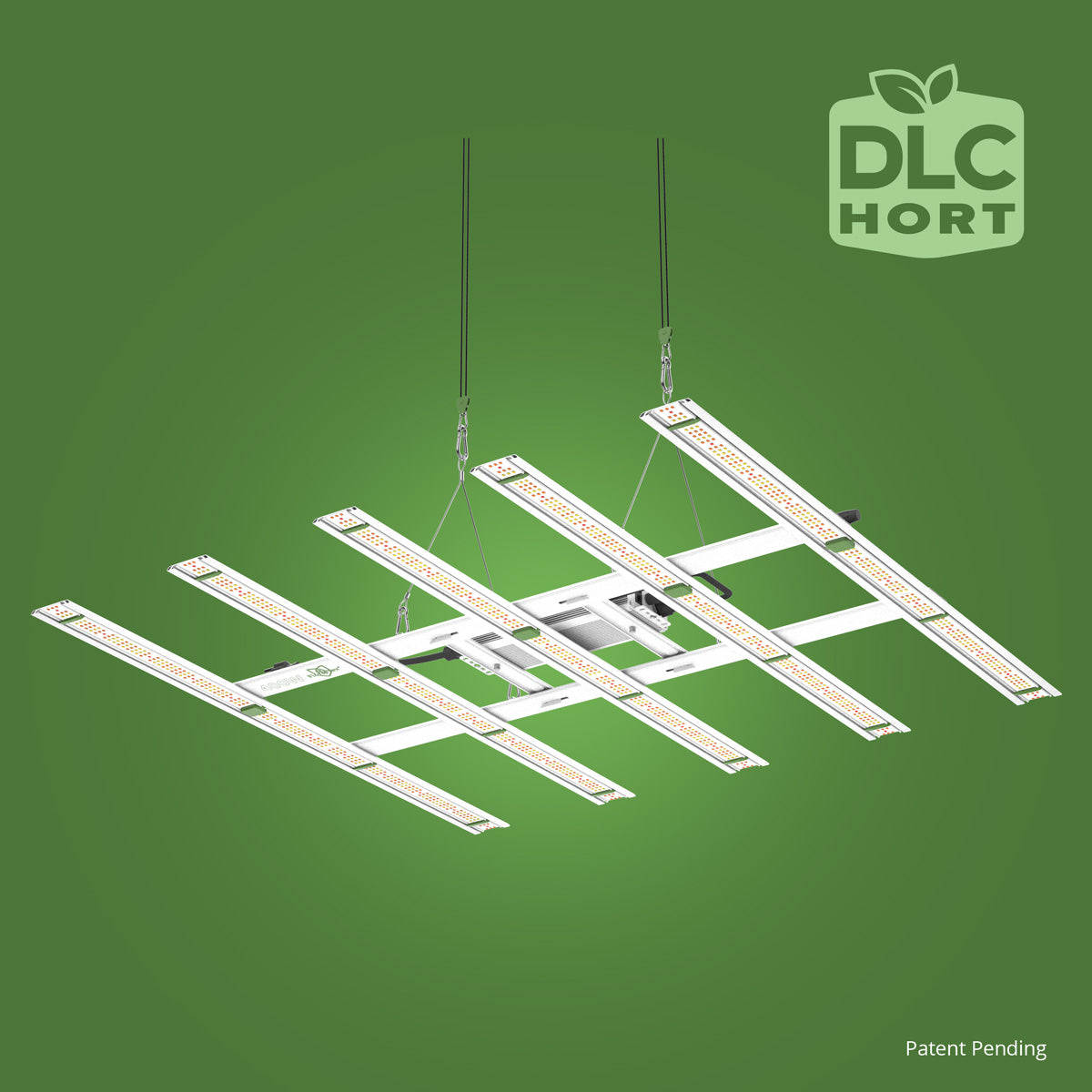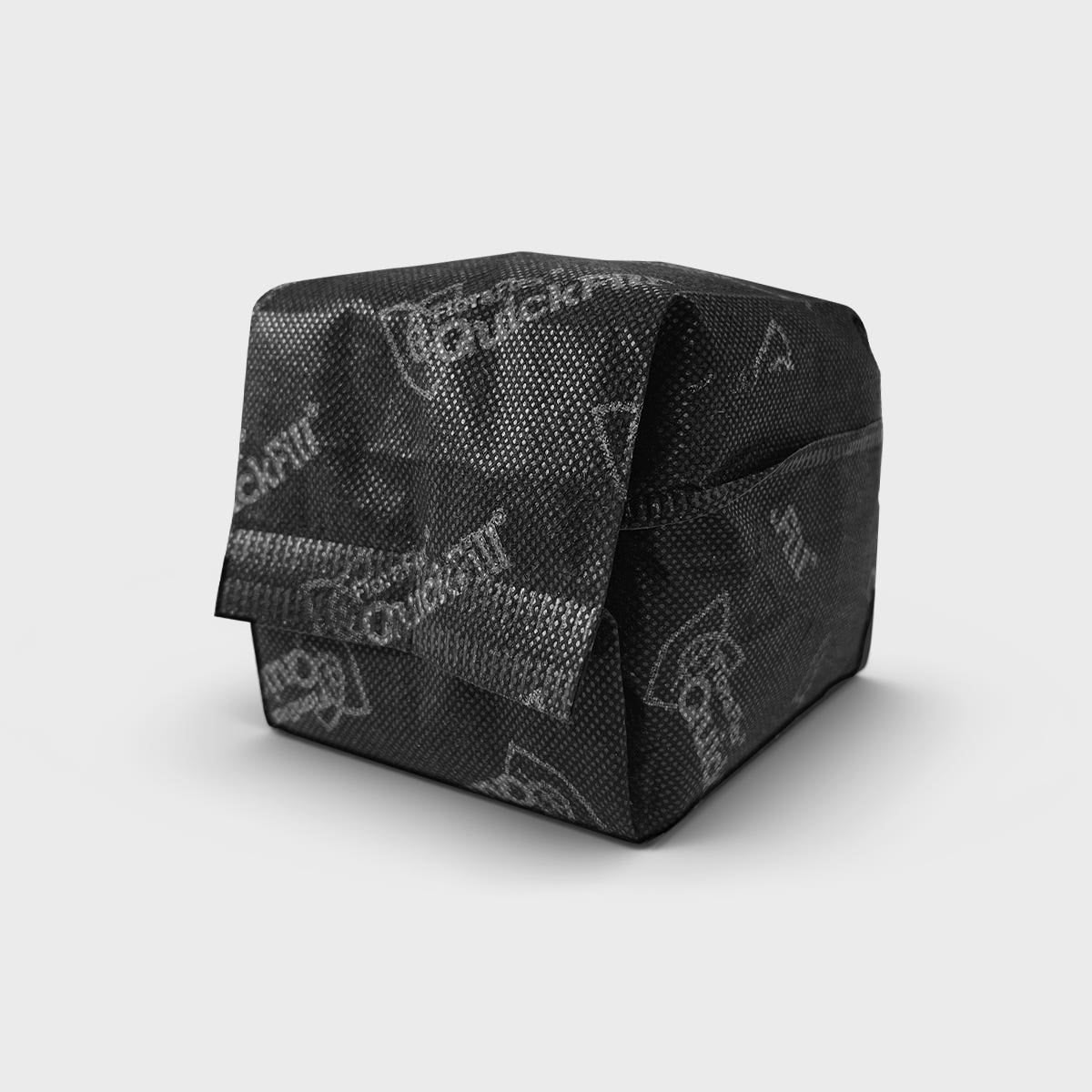Hydroponics is a popular method of growing plants without soil, and the wick system is one of the simplest and most affordable hydroponic setups available. In this article, we will explore the pros and cons of the hydroponic wick system, helping you decide if it's the right choice for your gardening needs.
Pros of the Hydroponic Wick System
-
Ease of Setup: The hydroponic wick system is incredibly easy to set up, making it an ideal choice for beginners or those new to hydroponics. It requires minimal equipment and can be assembled quickly.
-
Low Maintenance: With no moving parts or complex components, the wick system requires minimal maintenance. Once set up, it operates passively, eliminating the need for pumps or timers.
-
Affordability: The wick system is one of the most cost-effective hydroponic systems available. It uses basic materials such as a reservoir, growing medium, and wicks, making it an accessible option for budget-conscious growers.
-
Versatility: The wick system can be used for a wide range of plants, including herbs, leafy greens, and small flowering plants. It accommodates various growing mediums, allowing growers to choose the substrate that suits their plants' needs.
-
Water Efficiency: The wick system is known for its water efficiency. It utilizes a passive wicking action, where the growing medium absorbs water from the reservoir and delivers it to the plant roots, reducing water waste.
Cons of the Hydroponic Wick System
-
Limited Nutrient Control: Unlike more advanced hydroponic systems, the wick system offers limited control over nutrient levels. Nutrients are solely reliant on the water in the reservoir, which can lead to imbalances or inadequate nutrition for certain plants.
-
Slower Growth Rates: Due to its passive nature, the wick system may result in slower growth rates compared to systems with active nutrient circulation. The delivery of nutrients is slower, potentially affecting plant growth and yield.
-
Prone to Clogging: The wick system is susceptible to clogging if the wrong type of growing medium or wicks are used. Blockages can hinder water and nutrient flow, negatively impacting plant health.
-
Limited Scale: The wick system is best suited for small-scale or hobbyist gardening. It may not be practical for larger operations or commercial production due to its limitations in nutrient control and growth rates.
-
Sensitivity to Environmental Conditions: The wick system's passive design makes it more susceptible to fluctuations in environmental conditions such as temperature and humidity. Extreme conditions can disrupt the wicking action, affecting water and nutrient delivery.
The hydroponic wick system offers simplicity, affordability, and water efficiency, making it an attractive option for beginners or those on a budget. However, it comes with limitations in nutrient control, slower growth rates, and scale. Consider the specific needs of your plants and the goals of your gardening operation to determine if the hydroponic wick system is the right fit for you.








